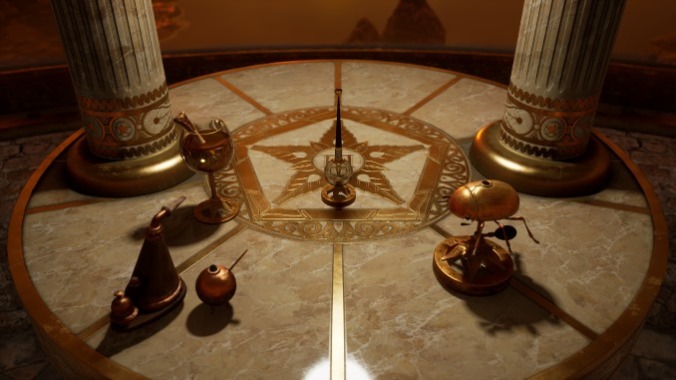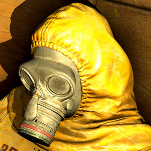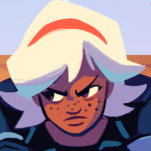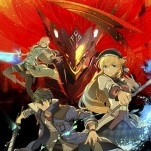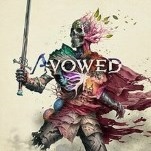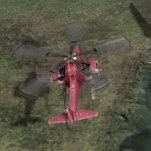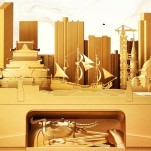Riven Is as Enchanting as Ever
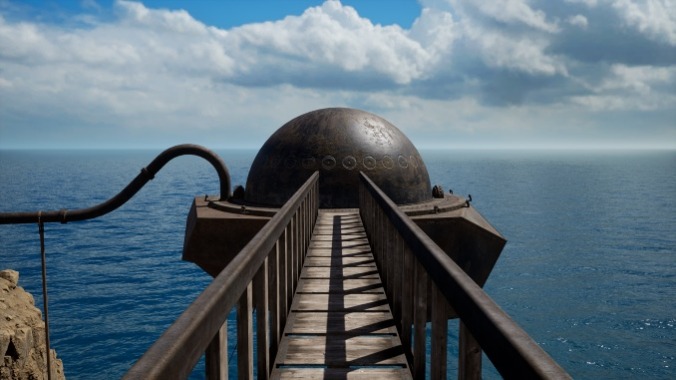
Approaching Riven in 2024 is different from approaching the original in 1997. In 1997, the game was sold in two ways: it was the follow up to the blockbuster puzzle game Myst, and it was using the cutting edge of full-motion video and 3D imaging to convince you that its strange world was living and breathing. It succeeded on both accounts, creating a pillar of the puzzle game genre full of iconic, unique-to-Riven images. In 2024, we are buried in fantastical images at the edge of graphical fidelity, and the puzzle games that Riven spawned are a healthy subgenre. We might wonder, then, what Riven gives to us now.
I am not objective on this issue. I believe that the original Riven is one of the greatest games ever created. I had some apprehension about this new version of the game, given that it was taking a point-and-click game that moved from screen to screen and transforming it into a fully realized 3D world that you might walk around in like you do in Call of Duty. I had a deep fear that seeing the sculpted, and strange, world of Riven from all angles might reduce it in some way, and I had a reason for that fear: Cyan’s 2021 remake of Myst in the same style mangles that game, makes it feel small, and populates it with potato people with the voices of 1990s ghosts.
That is not an issue here. Riven 2024 maintains the reputation of the original while remixing it into something slightly more friendly for modern players. I cannot pay enough compliments to the team at Cyan for threading one of the most difficult needles I can imagine encountering in game design and development. Riven captures the soul of the original and encases it in a more robust game system.
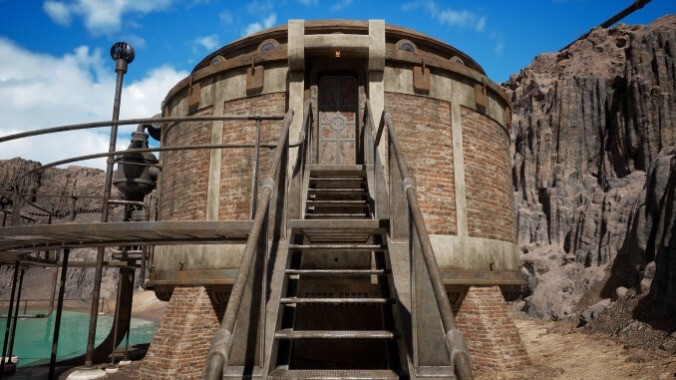
What made the original Riven so special, and what the remake capitalizes on, is that it is a world that has been lived in. This is driven home by the fiction of the Myst franchise—these games are about people who make, or believe they make, worlds. The core drama of Riven centers on Atrus and his father Gehn. As a child, Gehn showed Atrus how they could use the cultural artifacts of the long-dead D’ni civilization to create Ages, entire worlds generated by the writing of a description book that calls them into being. Gehn sees himself as the heir of an empire of worldmakers, and desired to return that civilization to its conquering, godlike status. In the book that sets up Riven, we learn that the core friction between Atrus and Gehn centers on how these two men see the worlds they link to. Gehn understands himself as a creator, where Atrus sees the act of linking as a form of finding preexisting worlds. In the time before the game, Atrus and Gehn link to the Age of Riven, live on the islands, and change them in their image. Atrus falls in love with and marries Catherine, a native of the Age. Riven begins to fall apart, at least partially because of Gehn’s alterations to the world through his power of writing. In the end, as the world seems to be dying, Atrus and Catherine destroy all of the ways off of Riven, escape the Age, and close the door behind them, trapping Gehn forever. Or trapping him until Riven begins.
All of this might seem like meaningless story stuff that exists outside of the hardcore puzzling that Riven is known for. Instead, it is bone-deep necessary for understanding why the world of Riven feels the way it does and why the puzzles of the game work the way they do. This game is lived-in, and not in the way that game discussions talked about the “lived-in” nature of a 3D open world game. Instead, every puzzle you have to solve, every goal you have, every approach you take is based on learning the material relationships between the people of Riven, their overlord Gehn, and his attempts to flee the world and reassert himself as the lord of all creation.
-

-

-

-

-

-

-

-

-

-

-

-

-

-

-

-

-

-

-

-

-

-

-

-

-

-

-

-

-

-

-

-

-

-

-

-

-

-

-

-

